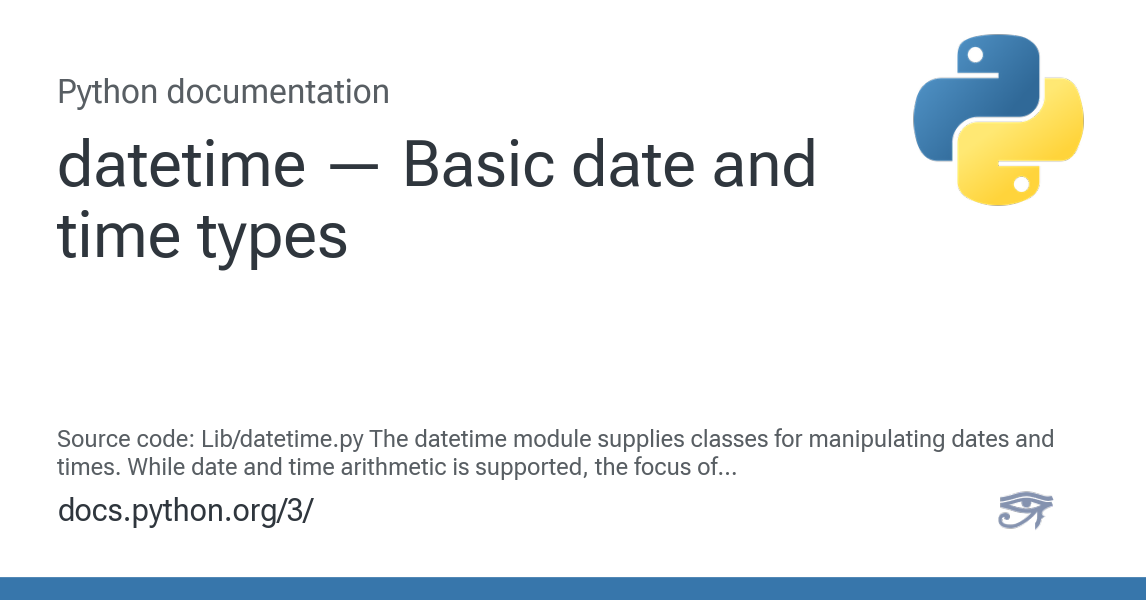Are there some date and time comparison functions that would compare, say,
Is 10/05/05 later than 09/22/02? (or 02/09/22 format, yy/mm/dd)
Is 02/11/07 the same as 02/11/07?
Is 14:05:18 after 22:02:51? (24 hour day is fine)
How about the date after 02/28/04 is 02/29/04, or the date after 09/30/08 is
10/01/08?
How about is 03/03/04 20:10:08 after 03/07/03 14:00:00? Probably the others
above will suffice.
--
Wayne Watson (Watson Adventures, Prop., Nevada City, CA)
(121.015 Deg. W, 39.262 Deg. N) GMT-8 hr std. time)
Obz Site: 39° 15' 7" N, 121° 2' 32" W, 2700 feet
Web Page: <www.speckledwi thstars.net/>
Is 10/05/05 later than 09/22/02? (or 02/09/22 format, yy/mm/dd)
Is 02/11/07 the same as 02/11/07?
Is 14:05:18 after 22:02:51? (24 hour day is fine)
How about the date after 02/28/04 is 02/29/04, or the date after 09/30/08 is
10/01/08?
How about is 03/03/04 20:10:08 after 03/07/03 14:00:00? Probably the others
above will suffice.
--
Wayne Watson (Watson Adventures, Prop., Nevada City, CA)
(121.015 Deg. W, 39.262 Deg. N) GMT-8 hr std. time)
Obz Site: 39° 15' 7" N, 121° 2' 32" W, 2700 feet
Web Page: <www.speckledwi thstars.net/>

Comment